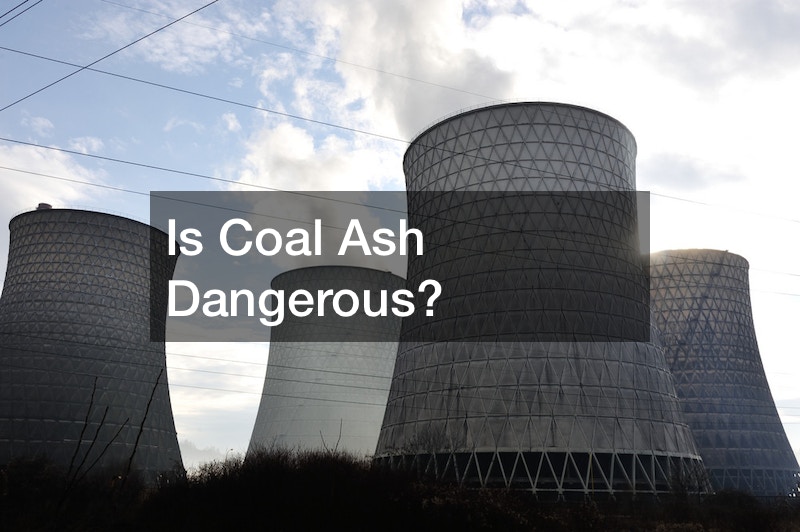What is coal ash? Coal ash is the waste that is left after coal is combusted (burned). It includes fly ash (fine powdery particles that are carried up the smoke stack and captured by pollution control devices) as well as coarser materials that fall to the bottom of the furnace. Most coal ash comes from coal-fired electric power plants.
Why is it dangerous?
Coal ash, a catchall term for several kinds of waste left over at power plants that burn coal, typically contains a number of substances harmful to human health—arsenic, chromium, lead, and mercury among them. Coal ash is incredibly dangerous. Short-term exposure can bring irritation of the nose and throat, dizziness, nausea, vomiting, and shortness of breath. Long-term exposure can lead to liver damage, kidney damage, cardiac arrhythmia, and a variety of cancers.
Two factors dramatically increase the risk from disposal units: the use of wet surface impoundments instead of dry landfills, and whether disposal units have composite liners to prevent leaking and leaching. What is leaching? When coal ash comes into contact with water, its toxic constituents can “leach” or dissolve out of the ash and percolate through water.
.
